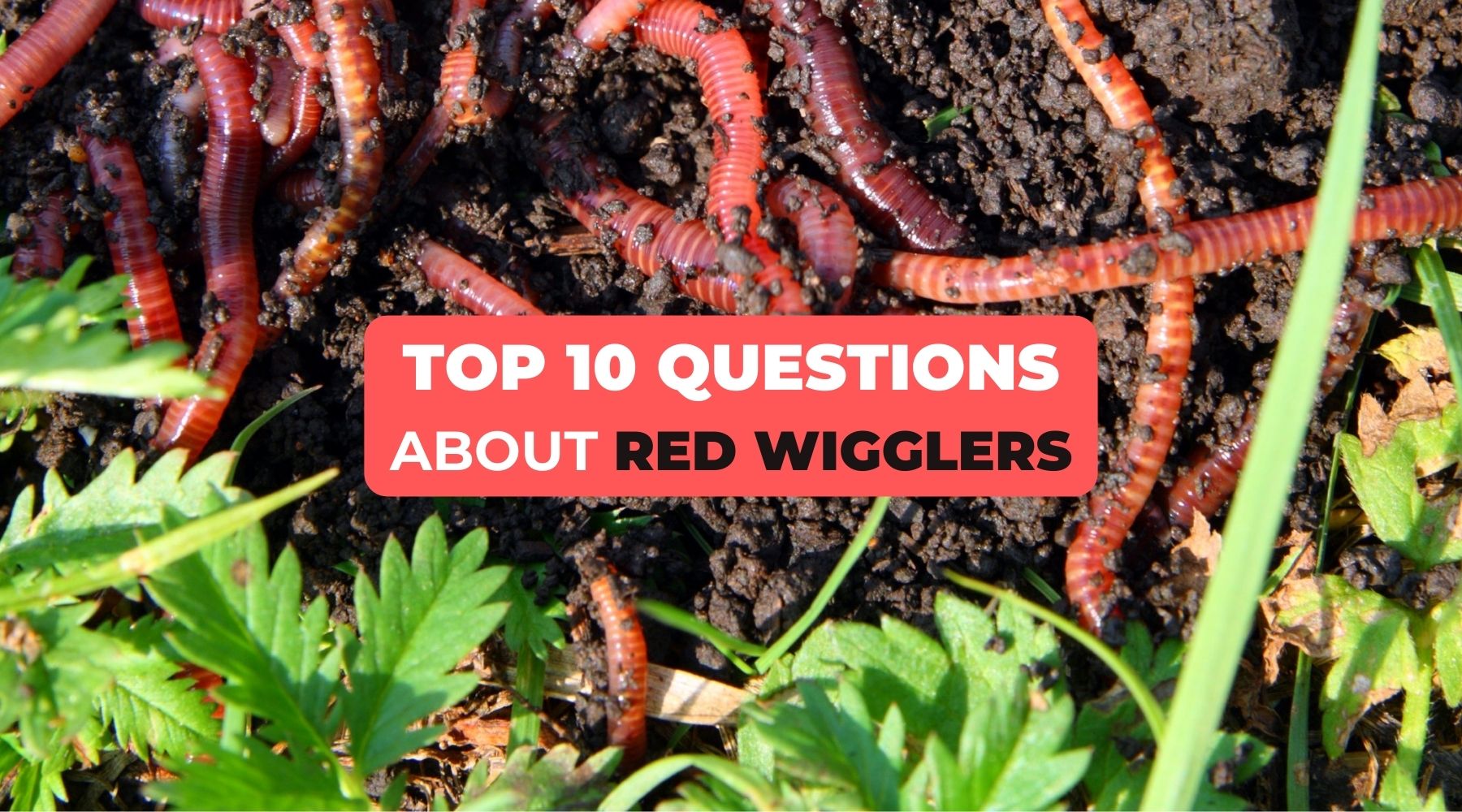4 Simple Techniques For Red Wiggler Express
4 Simple Techniques For Red Wiggler Express
Blog Article
6 Simple Techniques For Red Wiggler Express
Table of ContentsRed Wiggler Express - An OverviewA Biased View of Red Wiggler ExpressRed Wiggler Express - TruthsTop Guidelines Of Red Wiggler ExpressThe Facts About Red Wiggler Express Revealed
And the flourishing Red Worm population? Also in the load that was set up straight in front of yard composters with existing Red Worm nests.
Numerous varieties, including Red Wigglers, European Nightcrawlers, and Lumbricus types were brought over from the European continent. Right here's the thingNative or not - and as skilled as they are at being able to survive in a wide-range of environments and problems -. To put it simply, they are much more likely to socialize in any type of active composting systems you have actually set up, than they are to roam off and begin destroying the environment.
Origins require oxygen for respiration and count on smooth airflow within the soil to thrive. Nevertheless, when it rains, soil can become saturated with water, minimizing the oxygen offered and preventing nutrient absorption - Worm Farms United States. To keep an optimal balance, the dirt must permit water to drain pipes appropriately, leaving adequate room for air to support root health and wellness
Get This Report on Red Wiggler Express

When it involves worms for composting, what enters your mind? If you were an earthworm dog breeder, supplier, or simple garden enthusiast, then you would certainly recognize that red wiggler worms are the suitable worms for vermicomposting. For more information regarding these planet wonders, reviewed some of the red worm realities below.
(https://www.callupcontact.com/b/businessprofile/Red_Wiggler_Express/9417304)However if they extend their bodies, you'll have the ability to see the red stripes on their skin. When raising worms such as red wiggler worms, you must be able to know exactly how to make great usage of them. When you have the ability to preserve and look after their environment well, and additionally feed them the right kinds of organic wastes, then they'll have the ability to produce nutrient-packed and quality-rich worm spreadings for you (additionally referred to as worm poop or garden compost).
The Facts About Red Wiggler Express Revealed
So, what do worms eat? Well, these red wriggler worms can be fed with kitchen area scraps and garden wastes. Any type of worn out natural stuff will do like veggie and fruit peels, crushed egg shells, used tea bags, coffee grounds, yard clippings, dry leaves, and others. However make certain not to feed them foodstuffs that are oily, citrusy, or has meat or dairy products in them. Red Wigglers For Bait.

This behavior makes them fit permanently in worm bins, compost heaps, and other constrained rooms where natural waste is bountiful. Creating an optimal setting for red wigglers needs a thoughtful approach. Think about the following necessary components to look after red wigglers at home and guarantee their wellness: Use a bed linen of shredded paper or cardboard.

Red wiggler worms reproduce by laying little, lemon-shaped eggs in safety cocoons. These cocoons are usually transferred in the bed linens and hatch right into child worms within a few weeks.
Red Wiggler Express - Questions
Their adaptability and strength have made them a popular option for vermicomposting in different regions worldwide. Yes! They can endure from a variety of 32F to 90F. They are very versatile critters. Take into consideration protective measures for very extreme temperature levels such as: Shielding the worm container with layers of straw or leaves.

Just remember - you can always add even more food later on (however it's difficult to eliminate feed once it's been included to a container!).
Because I fed the red wigglers and garden compost worms as well a lot, they weren't able to maintain up and over time the older food went leftover and created anaerobic conditions that killed the worms. Right here're the 6 golden policies for how frequently and just how much to feed your worms: Rule # 1: Moderation!
Examine This Report about Red Wiggler Express
Leftover food will bring about anaerobic conditions that will certainly kill your real-time worms. It is alright to spray a little of their initial bedding (which should currently remain in the container) over the food, yet the food should never be hidden and must show up to your eye. Guideline # 5: See guideline # 1! Rule # 6: After the initial feeding, feed the worms 1/3 to 1/2 of their weight.
Report this page